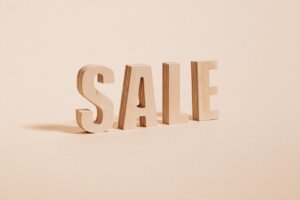Targeted Sales Letters: The Magic of Direct Marketing
Guest Author: Jan Hill
Photo Credit: http://mrg.bz/L74uGu
Direct mail marketing need not be expensive or complicated. According to Forbes, a simple letter can be extremely powerful, all by itself. Whether you are planning to send a physical letter or an email, the elements of a successful sales letter stay the same.
When Letters Are Your Best Bet
There are times when a sales letter is most effective. One is when you notice that certain customers have stopped being your customers. A simple “We miss you and want you back” letter can encourage them to come back to you where an email may not have the same personal feeling and individualized effect. Conversely, an email can be scheduled to arrive in your customer’s inbox at a time that can maximize its effectiveness, so your approach will depend on your product or service and campaign goals.
According to Deliver magazine, if you’ve got a story to tell and it is going to take more than a few words, a sales letter is the way to go, especially if your product or service is costly — big purchases require more persuasion than small ones. Reply cards, coupons, a bulky item (to encourage that the mailer get opened), and customer testimonials can and should accompany your letter to increase its effectiveness.
Emailed sales letters are best when timing is crucial. For example, if you sell food products it might make sense to send an email around 3pm, when your target audience may be experiencing post-lunch low blood sugar and snacking might be front and center in their mind. Or, you might want to target customers in advance of a known event, like sending a sales email about stocking up on cyclist clothing before the largest bike ride of the year. Email sales letters pair nicely with online storefronts and impulse purchasing.
Introducing a new business? You need a letter to engage your target in your story. You can also share updates about your products or services and offer discounts with a well-crafted sales letter.
How to Write a Winning Letter for Direct Marketing Success
Tony Attwood of Hamilton House Mailings offers some tips for writing effective sales letters. First of all, there’s the headline. It should be powerful, get the reader’s attention, and be placed about one-fourth of the way down the page, where the eyes naturally fall.
Make sure your sales letter follows good design practices and has a positive visual impact. There are many sales letter templates available that will incorporate your company logo, branding, and colors to give the document your personal touch.
A sales letter should be easy to read, using short paragraphs of two or three sentences each, including lots of white space at the margins and between paragraphs. It should always be written to an individual, not a group, and have a tone meant to engage your readers in a conversation. It should sound like you do, casual and informal, not stiff, stilted, and filled with bizspeak.
Sales letters need to have staying power, according to Microsoft Business Hub. You need to make your letter memorable and encourage the reader to tuck it away for future reference. You can quickly build trust by placing an endorsement from a former client or associate at the top of your letter to quickly create interest.
Because many readers are skimmers, the first few words of each paragraph need to draw the reader in by addressing problems and offering a solution — “One argument might be…,” or, “The best way to solve this problem is…,” or “Potential benefits are…”
Don’t Forget Your Conclusion
Hopefully your letter has done the job of convincing your readers that they need your product or service. Now you need a good, persuasive closing, and a strong call to action, telling the readers what they should do next — call or email you, or say that you’ll get in touch with them. Then make sure you follow up by doing what you said you’d do.
A call to action should clearly state what you want your readers to do; make the action easy by including order blanks, postcards, or postage-paid envelopes. If it’s an email letter, make sure to include appropriate links to more information or contact forms. Provide a date by which you want the contact to respond; and give them a benefit to stimulate action. This benefit, sometimes referred to as a “clincher,” appears appropriately at the end of your sales letter. It serves to motivate your readers and emphasizes how your product or service will benefit them.
Author Bio:
Jan Hill is a freelance journalist who writes for VistaprintDeals.com, the official source for Vistaprint coupons for small businesses across the globe. Jan has covered marketing topics for many newspapers, magazines and business sites over the last 10 years.









